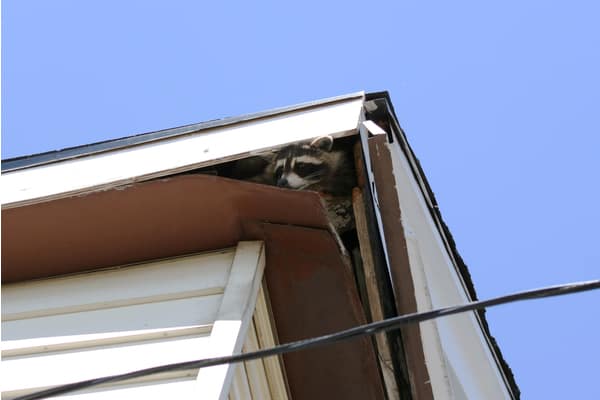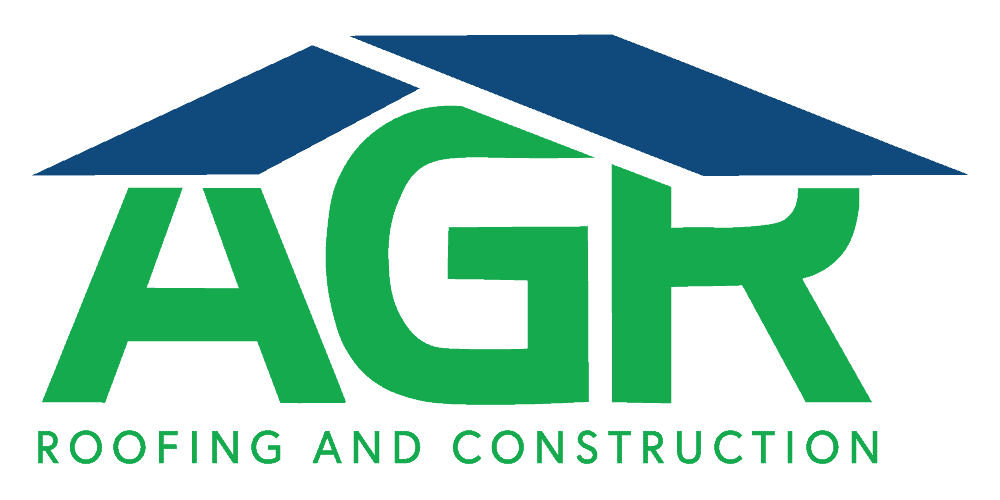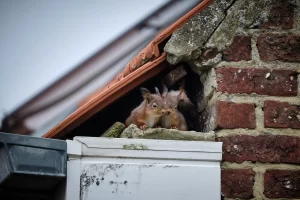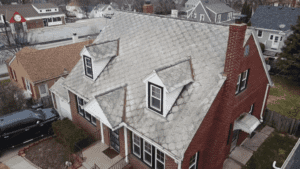Omaha roofs face pretty harsh weather. When things get really harsh out, nothing feels better than being tucked away inside.
Animals seek shelter as well. They’re always looking for a safe space to stay warm, especially during inclement weather, mating season, or birthing times.
And the coziness of your attic can be far more appealing than a regular old tree or a hole in the ground.
Attics are an easy target if your roof vents are older or not installed properly. If your roof is not in good shape, birds, bats, possums, raccoons, squirrels, mice, rats, bees, and wasps can all find their way inside.
Don’t underestimate the damage these determined little critters can do! Their claws, beaks, and teeth might be small, but they can rip and tear even hard material to shreds, even roofing shingles. And things get really scary once they make their way inside.
How animals can damage your roof and attic
Animals can damage your roofing shingles, underlying structure, and accessories. Along with interior wood, ventilation systems, insulation, wiring, plumbing, and pipes.
To top it all off, they can infest your attic with fleas and ticks. And leave it a biohazardous mess with their urine, droppings, and waste.
Every animal has its own way of wreaking havoc to your roof and attic. Here’s what the most common intruders can do.

The most common animals that get into your roof vents
Bats
Bats can squeeze through dime or quarter-sized holes in your roof or roof vents. Their droppings or guano do the most damage.
Bat guano is extremely corrosive, acidic, and toxic. Guano corrodes wood and insulation. And it can release histoplasmosis spores that will leave you seriously ill.
Bats can also carry rabies. So, call in pest control to remove them and clean up the attic. Never attempt to deal with this yourself.
Birds
Birds can take harbor inside your roof or around the gutters. Their droppings are acidic and will damage your roofing shingles and interior structures.
But some birds actually like to nest inside pipes and vents. Bird nests in your ventilation system are a recipe for respiratory disaster!
It’s unhealthy, damaging to your home, and will attract pests.
Raccoons
These guys are infamously dexterous and will leave gaping holes in your roof. They can rip off and pry open your shingles, overhanging soffit, and fascia boarding.
Once inside, they destroy insulation, tear into plumbing, and chew through wiring.
Squirrels
Squirrels are tiny enough to get in without causing as much visible damage as a raccoon would. But they will chew and claw through your wiring, pipes, wood, plumbing, and will tear up insulation.
These critters will leave your attic a wreck and deposit plenty of toxic waste.
Rodents
Mice and rats usually get in from the ground, but they are proficient climbers. So, if they have a way to get up to your roof, they’ll take advantage of any openings.
These things reproduce incredibly fast, chew up everything in sight, and won’t restrict their presence to your attic.
Bees and Wasps
Bees, wasps, and hornets don’t cause that much structural damage. However, they still present a danger to you and anyone else in the home.
Get these out quickly, especially if a home resident has a bee allergy.
How to prevent animals from getting into your roof and attic
If you already have an animal infestation, you’ll need to contact professional pest removers and cleaners to take care of it. And severe damage may require structural work.
If not, the following steps will help keep your roof and attic secure.
- Keep trash out of the yard
Food waste and garbage attracts all sorts of vermin, pests, and wildlife.
- Trim any overhanging trees, brush, climbing plants, and overgrown bushes that are close to your roof
Remove brush, vegetation, and climbing plants from around the home. Squirrels, rodents, and raccoons often get into a home by climbing up crawling vines or launching themselves from nearby trees.
As charming as it might look, it’s best to keep vegetation trimmed far back from your home.
- Install a Ridge-Guard on your roof
Ridge-Guard is a roofing product that covers the ridges and ridge vents.
- Install Drip Edge
Drip edge is metal flashing installed on the roof’s edges. It guides water away from the roof and does a great job of keeping animals out.
- Reseal shingles
Have your shingles resealed regularly to keep them tight. The sealing can get loose from poor weather, old age, high winds, and storms.
A regular roofing inspection will let you know if the shingles need resealing.
- Add vent covers and screens
Add physical barriers to the most likely places where animals might enter. These mesh screens are made of heavy-gauge metal wire designed to be animal-proof.
- Clear out the gutters and install Gutter Guard
Keep gutters clear to reduce their appeal to birds. You can also add guards, screens, and other blockers to block birds and pests.
- Bulk up insulation
Just in case animals get through, having an extra layer of insulation makes it harder for them to get into your home itself.
- Keep roof maintained and inspected
Regular inspections will catch any intrusions early on and prevent the roof from getting damaged.
- Watch out for warning signs in the attic
Keep your eyes, ears, and nose on the lookout for the following red flags:
- Droppings
- Scurrying or pitter-patters
- Buzzing
- Banging at night
- Nests or clumps of fabric or insulation
- Exposed, ripped, chewed up insulation, air ducts, wiring, or pipes
- Smells of urine or droppings
- Holes where your roof’s overhang meets the walls
- Broken, lifted, or missing shingles
Noticed any of these signs? It’s time to get a roofing contractor in to make sure your property is secure.

Have regular roof inspections performed
If you’ve had any unwanted guests living in your attic, ask our roofing experts to come out and inspect the roof for damages. Our team will repair your roof and seal the structure up to make sure it doesn’t happen again.
But don’t wait for critters to get in before making sure your roof is animal-proof. Stay up to date on your regular roof inspections and maintenance to protect your home from wildlife. If you haven’t gotten that done in a while, ask us to send a roofer over.
Contact us today for regular maintenance, emergency work, and rapid response service.





